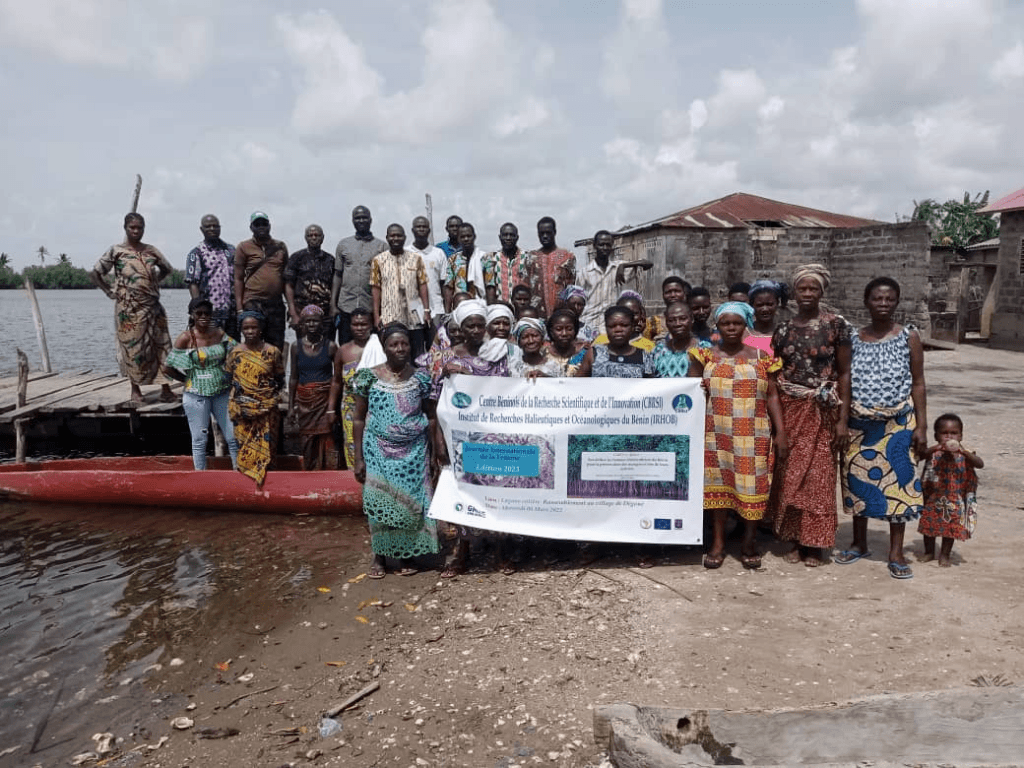The Institute of Halieutic and Oceanological Research of Benin (Irhob) puts oyster farmers in the front line for the protection of mangroves. They were made aware of this cause on the sidelines of International Women’s Day, as part of the activities of Marine and Coastal Areas Management in North and West Africa (MarCNowa) of the GMES & Africa programme.
In the heart of the mangroves, these green carpets that cover the coastal lagoon in Benin, women position themselves as guardians. Sensitized by Irhob, these oyster farmers are committed to the sustainability of these forest ecosystems while carrying out their activities. “ We want them to be angels watching over mangroves and biodiversity says Dr. Zacharie Sohou, director of Irhob.
READ ALSO: Gmes Africa 2: new challenges in ocean monitoring
Commonly called “Adakpin” in Fongbé and “Atcha” in Aïzo, oysters are aquatic resources exploited by inland fishing, in water bodies and the coastal lagoon. The habitat offered by the mangroves to these species therefore favors the development of oyster farming in these environments. However, this activity is not without consequences on the resource. “ When collecting and farming oysters, women cut the stilt roots of the mangroves to go faster “, explains Dr. Zacharie Sohou.
An initiative planned as part of the MarCNoWa
Thus, as part of the Marine & Coastal Areas Management in North and West Africa (MarCNowa) of the GMES & Africa project, awareness-raising activities have been planned in this direction. Oyster farmers from the villages of Djondji, Ahouandji and Dégouè on the coastal lagoon were sensitized in Dégouè, in the center of the other two villages. ” Through this awareness, they have understood the challenge of preserving mangroves in the exercise of their oyster collection and farming activities. Emphasis was placed on oyster collection and farming techniques “says Dr. Zacharie Sohou.
Breeding techniques are very varied: flat, on floating rafts, in deep water, in mesh bags on tables, on lines or on ropes suspended from tables, etc. Longline or rope farming consists of raising oysters in deep water, on suspended supports, under floating or sub-floating installations anchored to the bottom. These floating ropes are connected by stakes just in front of the stilts of the mangroves preventing the oysters from going to stick to the roots, because this device responds to their preferred environments.
The women were very satisfied with this meeting, which brought added value to the exercise of their profession. They have expressed complaints for more in-depth training and wish to make exchange visits to get to grips with this technique. The chiefs of these three villages were present during this session.
